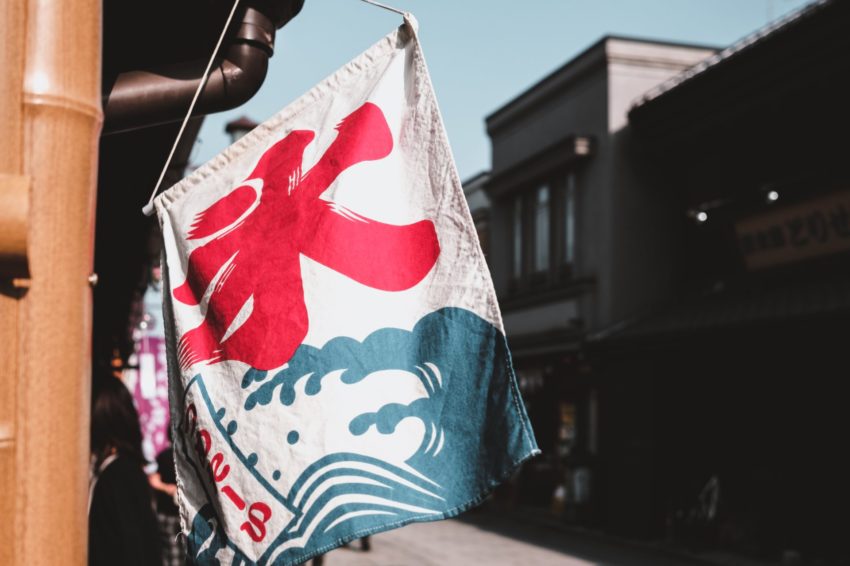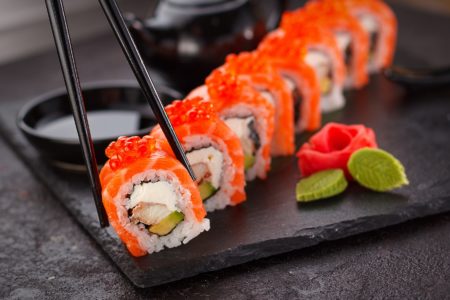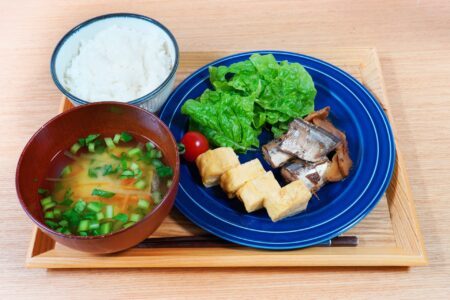Quick Bites: Kakigōri, the Sweet Taste of Summer

Top Image: Kentaro Toma on Unsplash
Shaved ice is a dessert enjoyed the world over. While the earliest known example of it can be traced back to ancient Rome, it is the version that originated in Japan which spread across the world and became a treat enjoyed by all during the warmer parts of the year.
Kakigōri (かき氷) is the traditional Japanese way of making a shaved ice dessert. It is commonly flavored with various fruit syrups such as strawberry, melon, lemon, cherry, blue raspberry, yuzu, sweet plum, and grape. Kakigōri tends to have a crunchier texture than other kinds of shaved ice, instead boasting a soft, light and fluffy feeling that melts in the mouth like freshly fallen snow.
The origins of kakigōri date back the Heian period in Japanese history, where it was considered a delicacy and not accessible to the common folk. During the summer, blocks of ice saved during the colder months would be shaved and served with sweet syrup to the aristocracy. Kakigōri’s origins are even referred to in Sei Shōnagon’s The Pillow Book, a book of observations written by the Imperial courtesan and poet.
Kakigōri became more widely accessible during the Meiji period around the 19th century, when advancements in technology made ice more available to the public during the summertime. Before then, ice was still quite expensive, as people had to import what was called “Boston Ice” from the US. Transporting could sometimes take up to half a year.
A food entrepreneur named Kahe Nakagawa successfully delivered “Hakodate Ice'” from Hokkaido to Yokohama, and within a few years the first kakigōri store opened in the Kanagawa area.
Further advancements such as the invention of an ice-shaving machine in the 1930’s helped kakigōri transition from a privilege of the ruling class to something that could be enjoyed by all. July 25th is even known as Kakigōri Day in Japan because of its pronunciation sounding similar to ‘summer ice’ in Japanese. Another reason for the date is that July 25th 1933 recorded record high temperatures in Japan, and kakigōri was the perfect way to beat the heat.
Preparation for kakigōri could not be more simple. First, prepare the flavored syrups and other toppings you want- fresh fruit, cream, sweetened red beans or tapioca are all popular. Second, using an ice-shaving machine to grind down the ice into an edible form. Finally, serve your shaved ice with your choice of fruit syrup and other toppings. And after that, eat it immediately and cool down!
One final point of interest: if you want to try something new with your kakigōri, why not partake in Shirokuma (白熊 or しろくま) a dessert made using kakigōri shaved ice but flavored with condensed milk, small colorful mochi, fruits, and sweet bean paste (usually Azuki bean). Mandarin oranges, cherries, pineapples, and raisins are also often used. A popular treat in Kagoshima for centuries, it’s a personal recommendation from us here at MUSUBI!
Photo Credits:
Top Image: Kentaro Toma on Unsplash
All other content (text) created by the original author and © 2021 MUSUBI by Borderlink
RELATED
-

Quick Bites: It’s Great to Eat in Japan
Top Photo: drawsandcooks on Pixabay Of all the problems you may encounter moving to Japan, finding something t… -

My Ten Yen on Healthy Eating in Japan
Top photo: ojisan200 on PhotoAC Eating healthy in Japan can make you feel good and bring you joy. Japanese foo…
-

Best of MUSUBI: The Best Burgers in Tokyo… So Far
Top Photo: toki100 on PhotoAC Burgers. You can get one anywhere right? Well, I haven’t eaten anything from McD…
PEOPLE

The MUSUBI Staff
Collaborative works put together by our many talented writers and editors!


